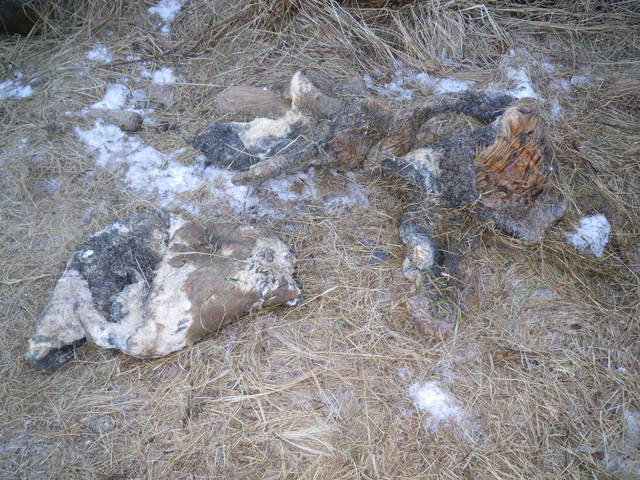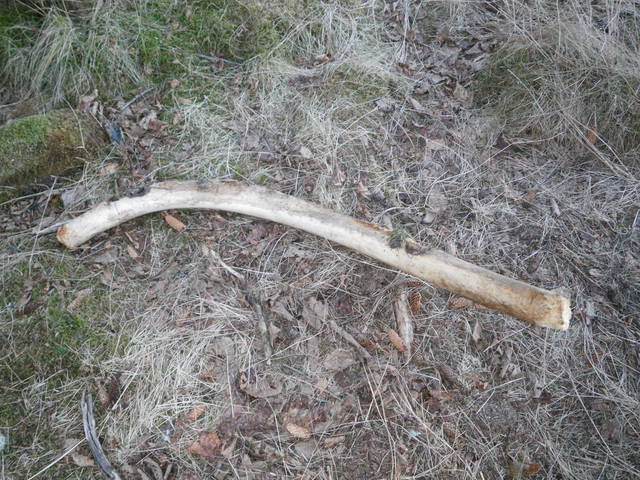Pollock trawlers' king salmon bycatch in Gulf almost triples
Read more here:
http://www.adn.com/2010/10/24/1517044/bycatch-of-king-salmon-by-trawlers.html#storylink=cpyGULF TRAWLERS: Numbers may trigger new regulations for boats in pollock fishery.
By The Associated Press
KODIAK -- Pollock boats and other commercial fishermen in the Gulf of Alaska have accidentally caught an estimated 58,336 king salmon this year, a level of bycatch that could trigger restrictions.
In recent years Gulf of Alaska bycatch numbers have lingered around 20,000 fish.
"By far this is the largest (bycatch) we have ever seen," Josh Keaton, a fisheries manager with the National Marine Fisheries Service, told the Kodiak Daily Mirror. "Hopefully it means a lot of kings are out there to be caught and they ran into a big pack of them."
Most of the bycatch came from the trawl pollock fishery in the last month, especially in the western gulf.
Bycatch is a perennial source of conflict between trawlers and people who prize kings -- commercial salmon vessels, subsistence users and sport fishermen.
The bycatch this year was large enough to attract the attention of fishery managers in the Lower 48 because kings accidentally caught in the Gulf of Alaska might be from endangered stocks from the Lower 48.
About 20 boats from King Cove and Sand Point near the tip of the Alaska Peninsula averaged 3.4 king salmon per metric ton of pollock. They picked up an estimated 24,878 fish in 12 days of fishing between Oct. 1 and Oct. 17.
Pollock boats in two regions around Kodiak took in 11,896 kings in October.
Bycatch numbers are estimated using data collected by fisheries observers. Bycatch for boats without observers is projected using observed data.
The 2010 numbers could lead to new restrictions or regulations designed to lower bycatch, but not immediately. Bycatch already was on the agenda in December for the North Pacific Fishery Management Council but the group planned only to consider a new research.
Because this year's bycatch exceeded a limit of 40,000 kings, it triggered conversations about the problem with fishery managers in the Lower 48, said NMFS manager Melanie Brown. King salmon tagged from endangered stocks such as the Upper Willamette and lower Columbia rivers have been found before in the Gulf of Alaska.
Salmon bycatch is difficult to control because the fish are always moving around, but the trawl industry does have technologies to reduce it, said Julie Bonney, director of a groundfish industry group, Groundfish Data Bank.
One option is salmon excluder devices -- openings in trawl nets that let salmon escape. Another approach is avoiding salmon hot spots, but detecting salmon and avoiding them during derby-style fishery is difficult, Bonney said.
Read more here:
http://www.adn.com/2010/10/24/1517044/bycatch-of-king-salmon-by-trawlers.html#storylink=cpy





